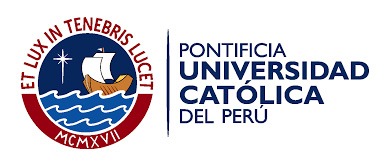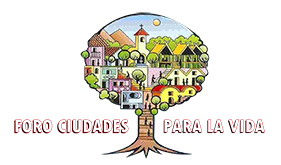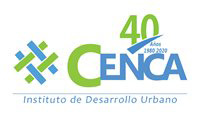City Information
Lima, the capital of Peru is the second largest city on a desert, with an unusual desert-humid climate. Since 1980, the population of metropolitan Lima has doubled, from 4.8 million to more than 9 million in 2017. In the absence of housing policies for the urban poor, the city continues to grow in two main ways. First, it expands outwards beyond its metropolitan boundaries through auto-construction, a form of reversed urbanism where people occupy land and construct neighbourhoods on the steep peripheral slopes and later acquire basic services such as water and electricity. It is estimated that 30% of the population, or 2.8 million people, live on slopes considered high risk zones. Second, the city grows through the densification of peripheries at the centre. That is, areas within the inner city become overcrowded and present precarious living conditions.
These concentrate dysfunctional infrastructure, deteriorating buildings and vulnerable tenants. In this context, inhabitants are exposed to everyday risks which include fires from unsafe power connections and the proximity to large illegally built warehouses that store flammable materials. The renovation of the area remains a top-down endeavour which will see the displacement of inhabitants who in turn settle in areas at the periphery of the city thus impacting their social networks and result in an added economic burden because of the distance to job opportunities and access to services. The vacuum in effective management, the lack of a robust diagnosis of the lived reality in the area, and the exclusion of inhabitants from participating in decision making processes to redevelop the area, limit the scope of urban renovation projects and programmes. In the peripheral areas on the other hand, although many settlements are recognised by the district municipalities and are entitled to services, they often have to cope without water and electricity for many years or adopt alternative coping mechanisms while they wait to be connected to the main utilities system.




